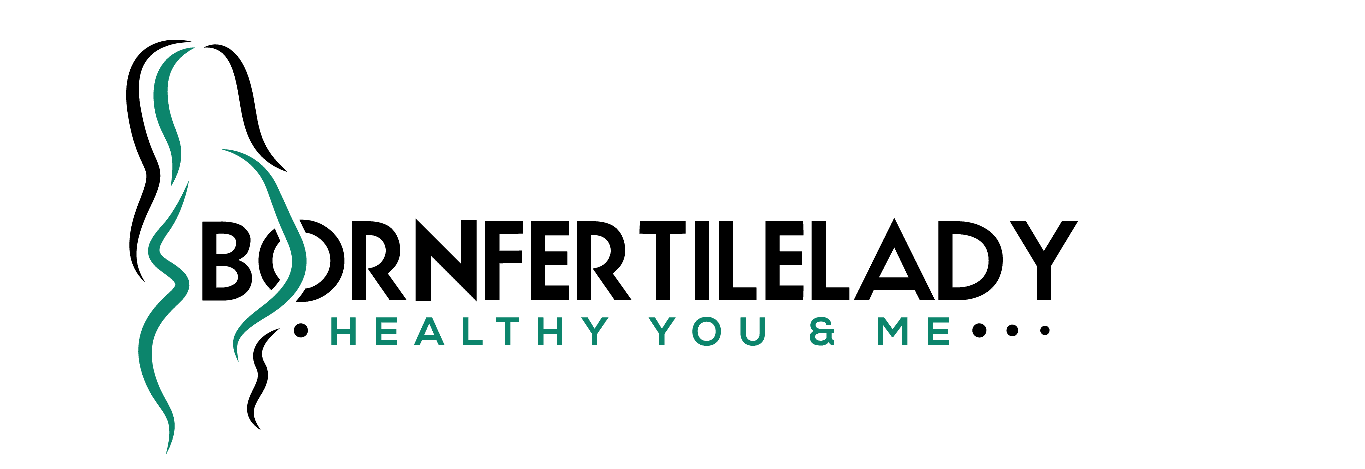What do you use to clean your baby’s tongue? Glycerine or toothpaste or what? Let’s find out the best way to clean your baby’s tongue
What is Glycerin?
Photo credit: indiaMart
It is a clear, syrupy liquid with a somewhat pleasant taste that is colorless. Glycerin is also referred to as glycerol in certain circles. Synthetic glycerin is used as a moisturizing component in a variety of products, including body and face lotions, toothpaste, cough drops, and cough syrups. Glycerin is also included in a variety of over-the-counter and prescription medications, including laxatives, ear wax removal products, eyewash, and saliva substitutes. It may also be found in several toddler-oriented products.
Toothpaste and glycerin
The presence of glycerin, a colorless, sweet-tasting liquid, in toothpaste contributes to its creamy texture. It’s also found in several skin and hair care products, among other things.
A little amount of toothpaste may be applied to a newborn as early as six months old, and the glycerin in the toothpaste is considered harmless.
When it comes to cleaning the mouths of newborns and babies under the age of six months, glycerin is not required in toothpaste. It is unlikely that the glycerin would be a problem, but swallowing an excessive amount of fluoride while applying toothpaste to a little newborn might be dangerous.
Is Glycerin safe?
Glycerin-containing medications are designated as GRAS (generally recognized as safe) because they pose the least amount of toxicity risk (generally recognised as safe). In spite of the sweetness of the toothpaste and the fact that flouride has a proclivity to cause stomach discomfort, it is nevertheless recommended that little children avoid consuming large quantities of toothpaste or mouthwash.
Recommendations by Professional when cleaning a baby’s tongue
Photo credit: theAsianparent
Rather than using glycerin, dentists recommend that parents wipe their baby’s gums and tongue with water instead of glycerin while washing their baby’s mouth. When it comes to brushing a baby’s teeth, the following is the suggested procedure:
- After each feeding, use a wet washcloth or piece of gauze soaked in water to clean your baby’s gums and tongue twice a day: after breakfast and after the last feeding at night. Instead, you may get terrycloth finger cots from your local pharmacy, which will make cleaning much easier.
- When your baby is around six months old, use a smear of fluoride toothpaste the size of a grain of rice on a soft-bristled baby toothbrush, or gauze if you prefer, to clean his or her teeth.
- Make sure your children are spitting out any excess fluoride toothpaste while they are brushing using fluoride toothpaste for children aged 3 to 6.
- Make an appointment for your child’s first dental visit before they turn one. If you have any worries about your child’s teething or sucking habits, you should discuss them with your dentist as soon as possible so that he or she can develop used to visiting the dentist’s office. Following the first session, regular dental exams are required to monitor the development of your child’s teeth and jaws, which are rapidly growing at this age.
- The moment to begin flossing to your child’s regimen will come when his or her teeth are close enough together that you will be able to floss between them.
- Every time the bristles on your child’s toothbrush start to deteriorate, it’s time to replace it.
Between the ages of 4 and 8, your child should be able to take care of himself or herself when it comes to teeth cleaning. Even yet, it is conceivable that children will still need adult supervision to ensure that they wash their teeth for a suitable period of time and completely after brushing.
When a baby’s first tooth erupts, he or she is at increased risk of developing dental decay later on. When your baby’s first tooth emerges and you choose to clean his or her mouth with glycerin rather than water, the SADA suggests that you transition to a cleaning routine that includes a small quantity of fluoride toothpaste.
Conclusion
Starting as soon as you arrive home from the hospital, you should begin caring for the teeth and tongue of your new baby. It is possible that your child’s oral hygiene habits will be established at this time. It is always a good idea to speak with your dentist or pediatrician before using any product on your child’s mouth, despite the fact that some parents use glycerin for their baby’s oral hygiene.

